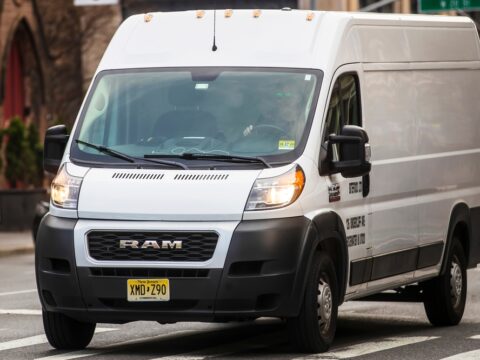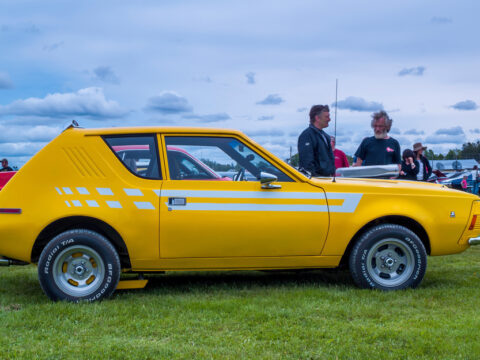Off-roading can be a thrilling adventure, but not all vehicles are built to last in rugged conditions. While some are designed to tackle tough terrains, others may struggle with durability issues that make them less reliable over time. We’ll take a look at 19 off-road vehicles that, despite their capabilities, fall short in terms of long-term durability. If you’re considering one for your next adventure, knowing their limits can help you make a better choice.
Contents
Jeep Cherokee XJ (1984–2001)

The Jeep Cherokee XJ is renowned for its off-road capabilities, but its unibody construction is often a point of concern. Over time, the frame is susceptible to rust, especially in areas with snowy winters where salt is common on the roads. Additionally, its suspension components, while sturdy initially, wear out faster than expected under heavy off-road conditions. Though the inline-six engine is reliable, frequent part replacements are necessary to maintain performance.
Suzuki Samurai (1985–1995)

The Suzuki Samurai is an agile, compact off-roader, but its durability leaves much to be desired. Due to its lightweight frame and small engine, the vehicle struggles when subjected to intense off-road stress. Body panels are thin and prone to denting, and the basic suspension setup doesn’t fare well on rugged trails. While fun and affordable, the Samurai needs extra care to hold up over time.
Ford Bronco II (1983–1990)
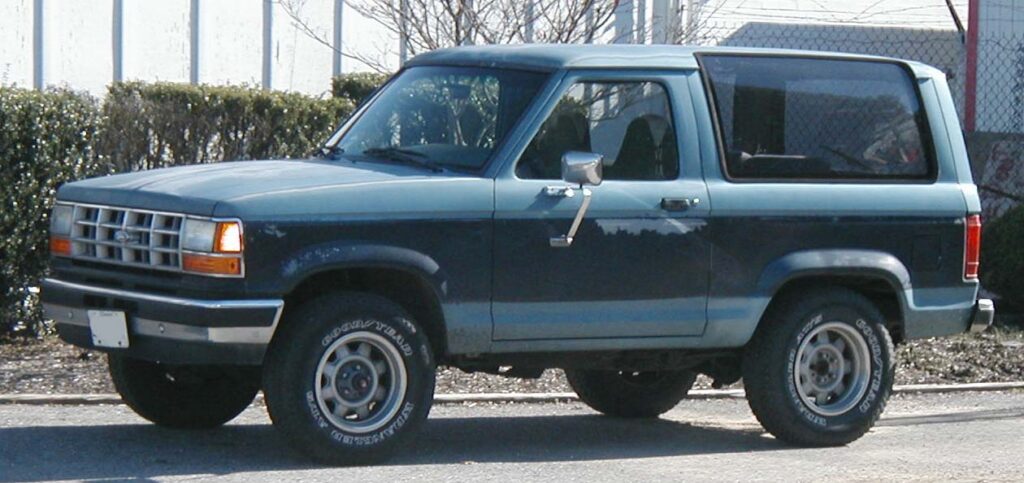
The Ford Bronco II was designed as a smaller off-road vehicle but lacked long-term reliability. Its high center of gravity made it prone to rollovers, which limited its off-road potential. Mechanical issues like transmission failures and steering malfunctions often appeared after intense use. Despite its initial appeal, the Bronco II’s durability on rough terrain quickly faded.
Land Rover Discovery Series II (1998–2004)
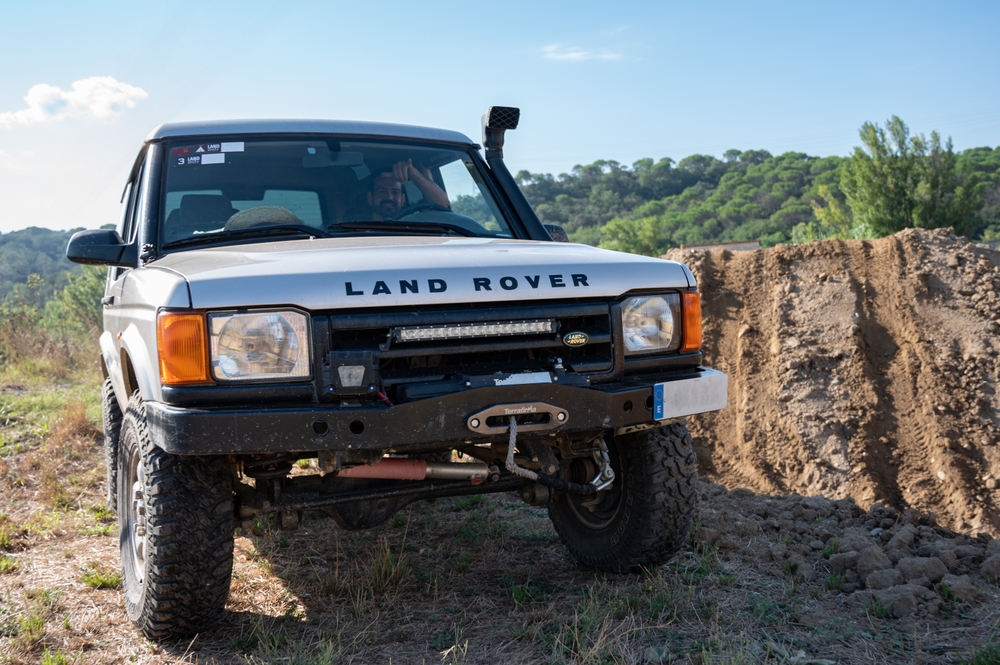
The Land Rover Discovery Series II was admired for its luxury and off-road capability, but the vehicle faced numerous durability challenges. Owners frequently reported issues with the air suspension, which often failed when subjected to tough conditions. Electrical system malfunctions were another common problem, leading to costly repairs.
Hummer H2 (2002–2009)

The Hummer H2’s massive appearance promised durability, but real-world results told a different story. Many users experienced issues with the suspension and steering components when consistently used for off-roading. The vehicle’s bulky frame was also prone to rust, and the electrical system often failed after exposure to harsh environments.
Toyota FJ Cruiser (2006–2014)
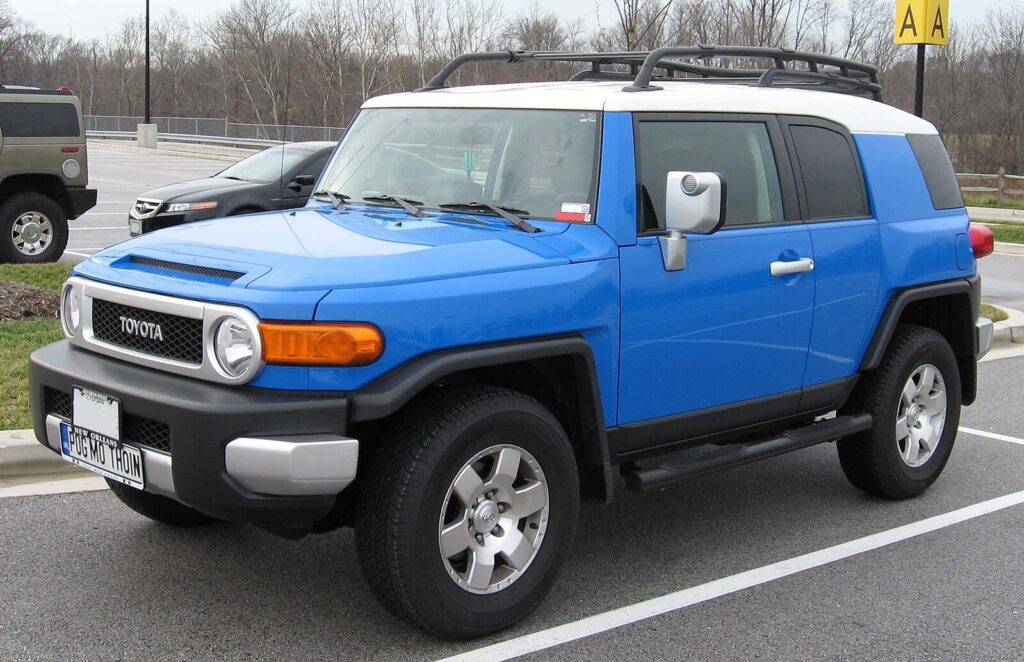
Although the Toyota FJ Cruiser was marketed as an off-road powerhouse, its durability in extreme conditions was a concern. Suspension components tended to wear down prematurely when the vehicle was used on rugged trails. Additionally, the FJ Cruiser’s poor rear visibility often led to accidents, further compromising its body durability. In challenging environments, the FJ Cruiser required constant maintenance to stay in top shape.
Nissan Xterra (2000–2015)
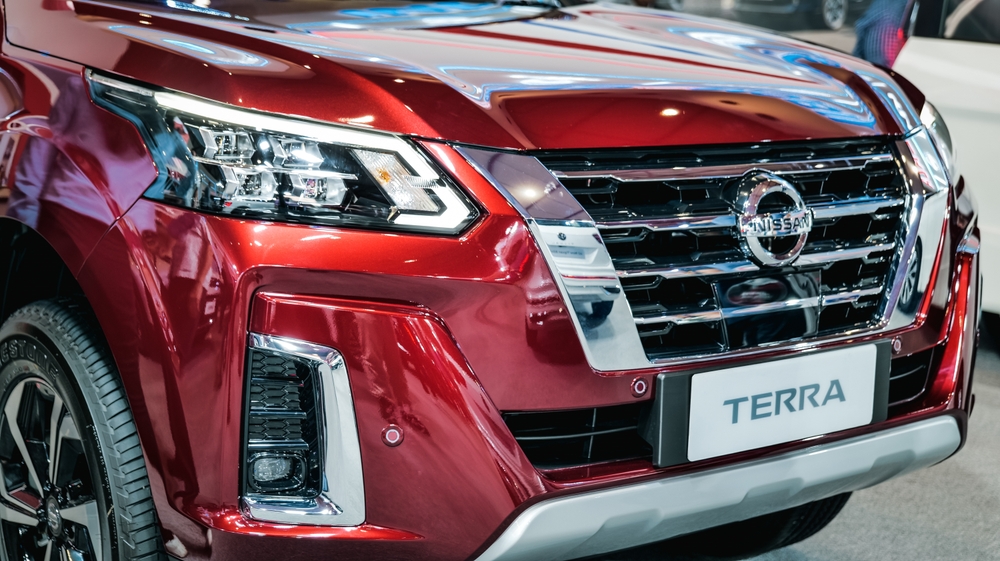
The Nissan Xterra gained popularity as a solid off-road option, but it wasn’t immune to durability issues. Frequent reports of premature rusting in the frame and weak suspension systems caused concern among enthusiasts. Radiator and transmission failures were common when the Xterra was heavily pushed on rough trails. Though capable in certain terrains, it didn’t hold up well over time with frequent off-road use.
Chevy Blazer K5 (1969–1991)
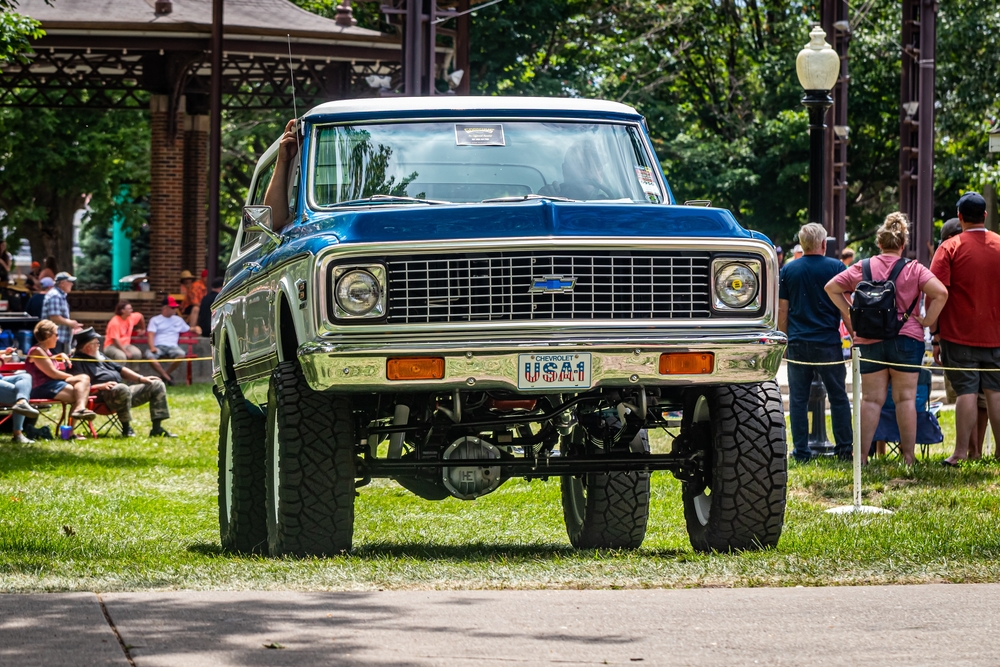
The Chevy Blazer K5 has earned a reputation for its off-road capabilities, yet durability remains a notable flaw. Early models, in particular, were highly susceptible to rust, particularly in the undercarriage and frame. The vehicle’s suspension system wasn’t built for sustained abuse, leading to frequent repairs and part replacements. Despite its rugged appearance, long-term off-road use put significant strain on the Blazer K5.
Jeep Liberty (2002–2012)
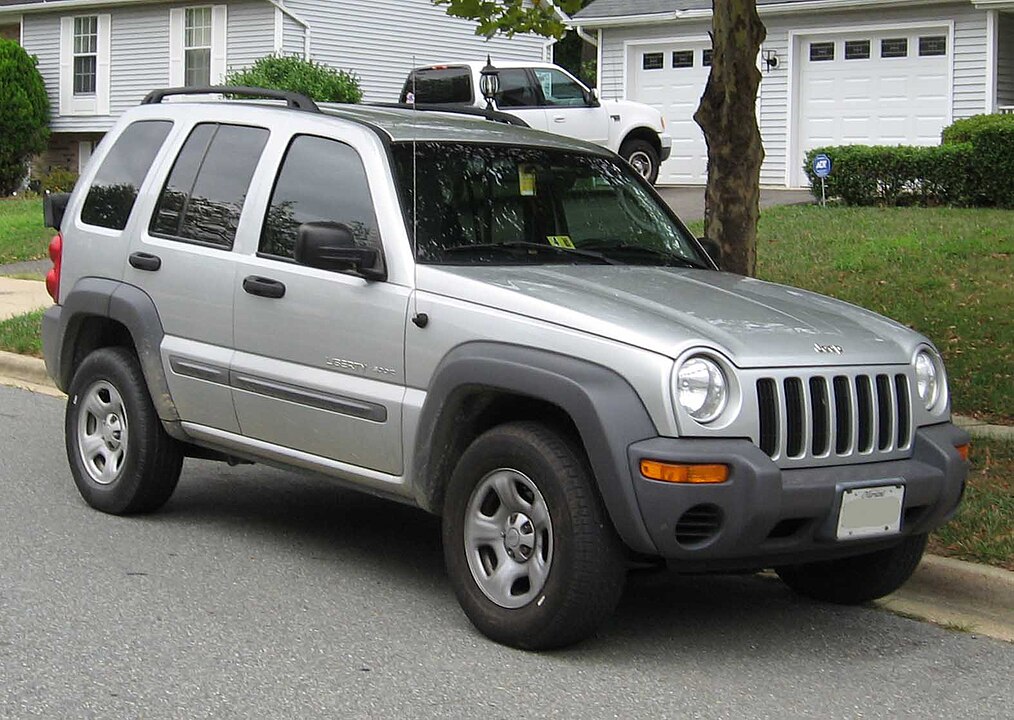
Jeep’s Liberty offered a smaller, more affordable off-road vehicle, but it didn’t match the durability of its larger siblings. Its unibody frame was easily damaged under heavy off-road stress, and suspension components wore out faster than expected. Problems with drivetrain and engine reliability further reduced its appeal for serious off-road enthusiasts.
Suzuki Jimny (1998–Present)
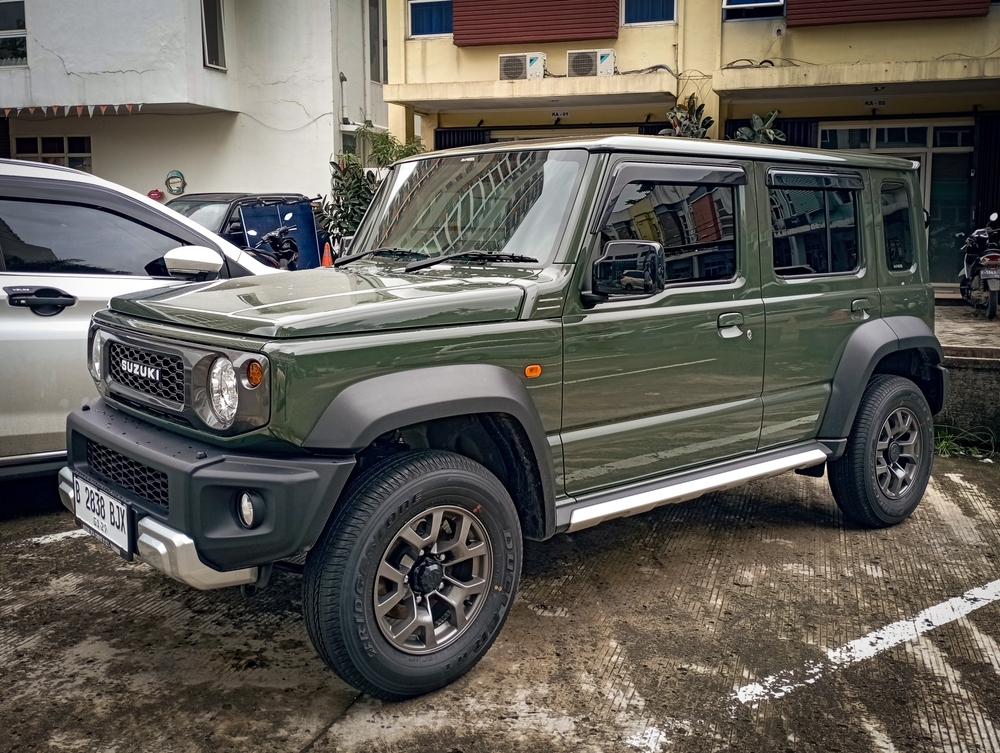
Compact and nimble, the Suzuki Jimny delivers great off-road agility, yet it lacks the strength to handle repeated heavy use. The vehicle’s lightweight frame and basic suspension system aren’t built for consistent wear and tear on rough terrain. Rust is another frequent issue, especially in damp climates. While affordable and fun to drive, the Jimny doesn’t offer the long-term durability that other off-roaders provide.
Isuzu Trooper (1981–2002)
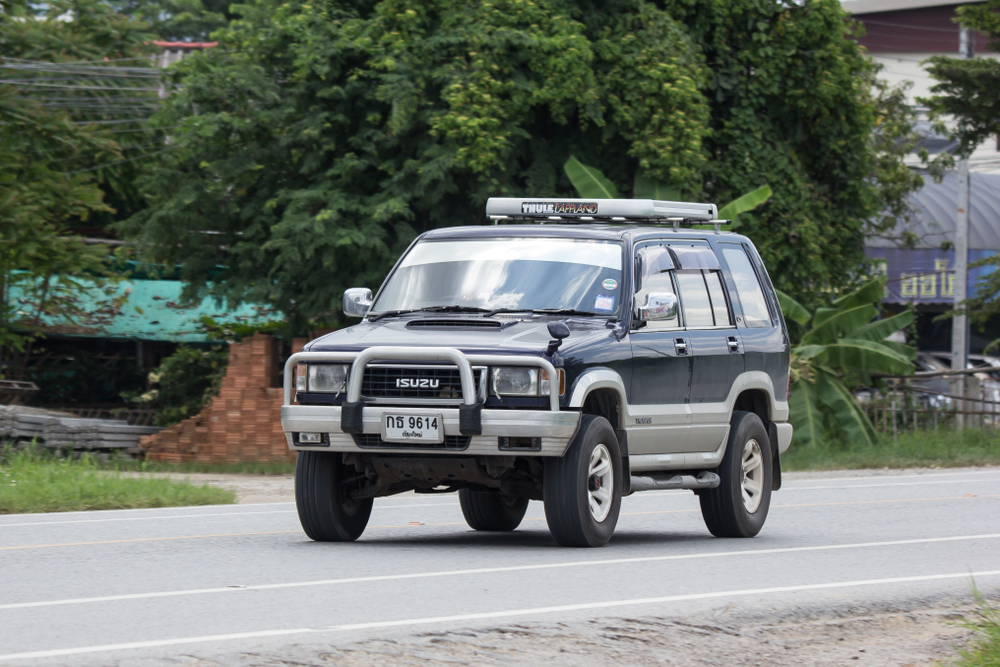
The Isuzu Trooper was a solid off-road vehicle, but prolonged rough use quickly revealed its weaknesses. Owners often reported issues with body rust, as well as suspension and drivetrain failures, particularly in older models. The boxy design also contributed to its tendency to roll over on uneven ground. Despite its off-road prowess, the Trooper required frequent repairs to maintain its performance.
Land Rover Freelander (1997–2006)
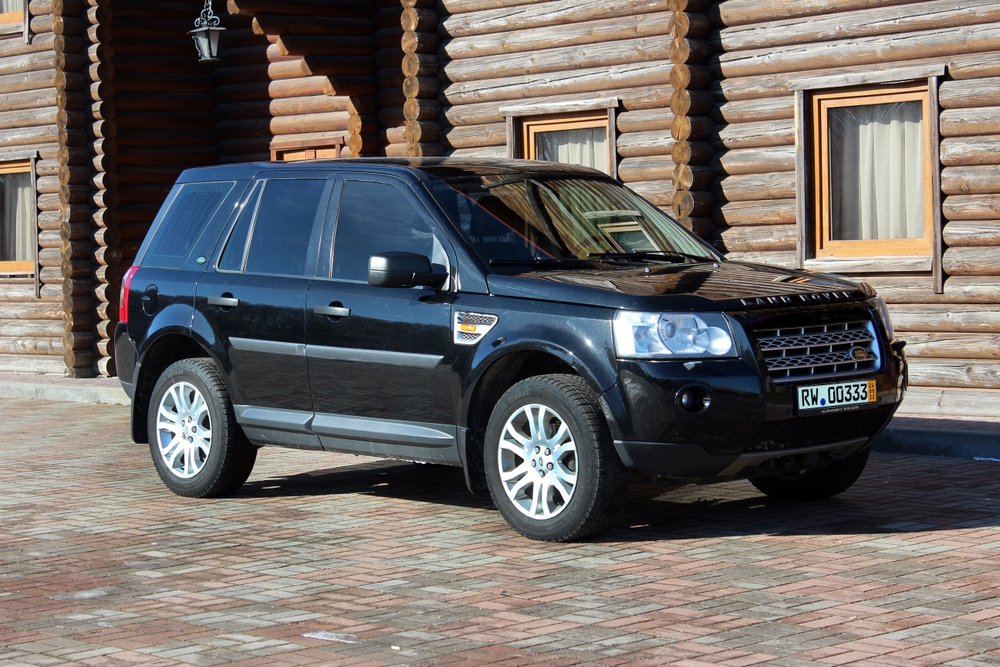
Although marketed as an entry-level off-road vehicle, the Land Rover Freelander faced significant durability issues. Mechanical breakdowns were frequent, particularly in the engine and transmission systems, especially when the vehicle was pushed on rough terrain. Its suspension was not designed to handle rocky environments, leading to premature wear. While stylish, the Freelander lacked the durability needed for serious off-road adventures.
Ford Explorer (1991–present)
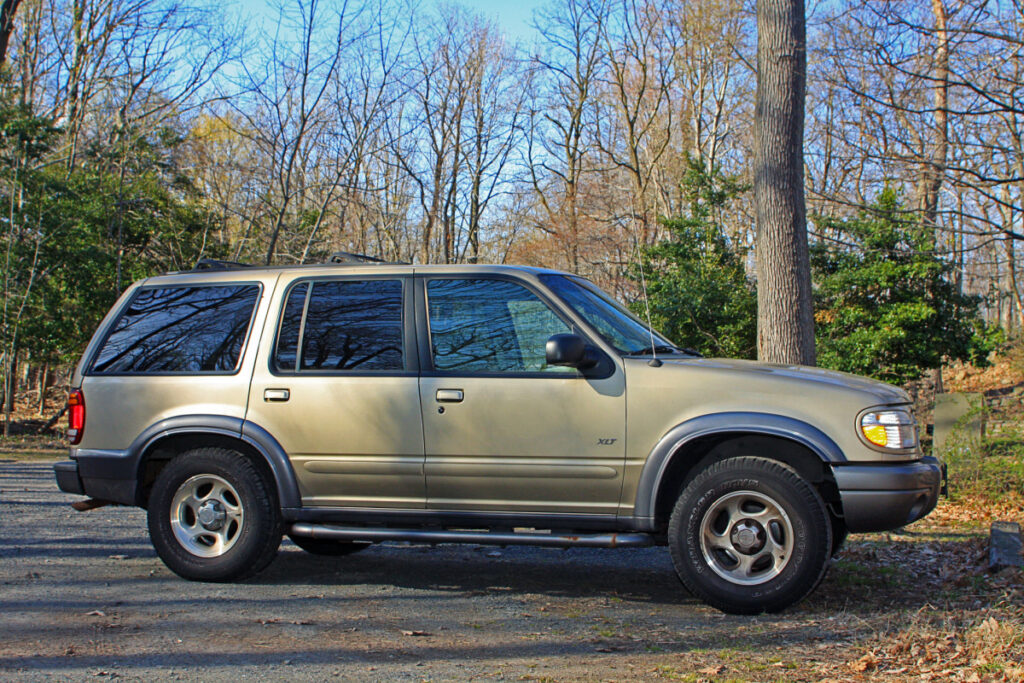
The Ford Explorer, while immensely popular, has had issues with durability, particularly in its earlier models. The suspension system, along with the transmission, often failed when the vehicle was pushed beyond moderate off-road use. Rust was another problem, especially in the undercarriage. Though great for light off-roading, the Explorer wasn’t built for sustained abuse on tougher trails.
Dodge Ramcharger (1974–1993)
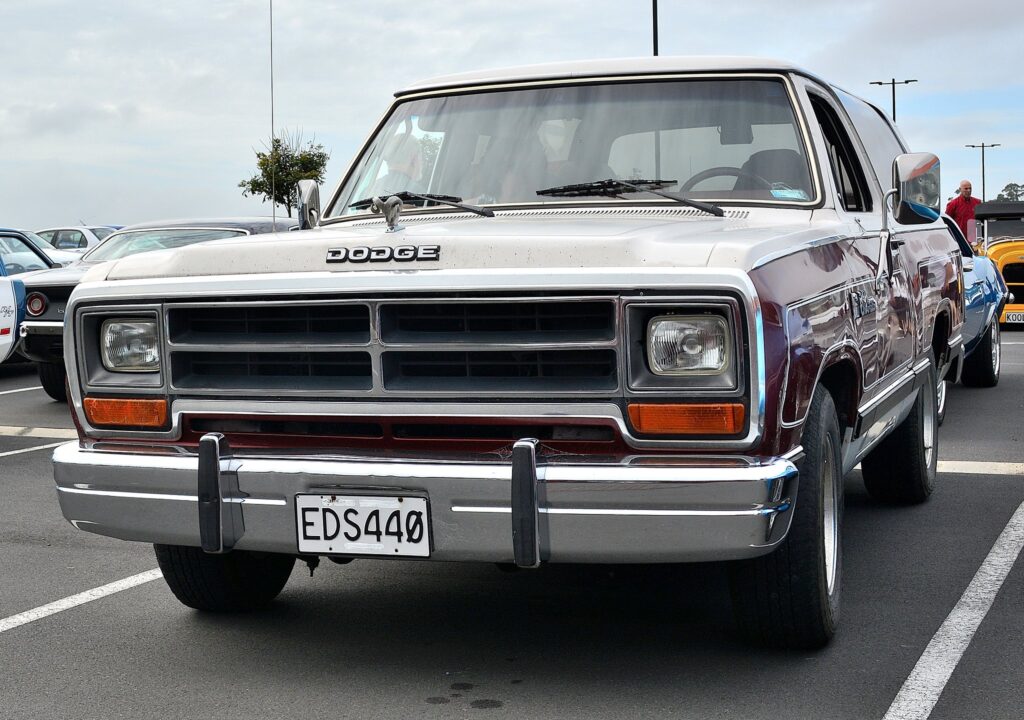
The Dodge Ramcharger may look like a capable off-roader, but its durability came into question when exposed to harsh conditions. Frame and suspension rust were common, and frequent steering component failures further hindered its off-road capability. The vehicle also faced issues with drivetrain reliability when used for rugged terrain.
Toyota Land Cruiser Prado (1990–present)
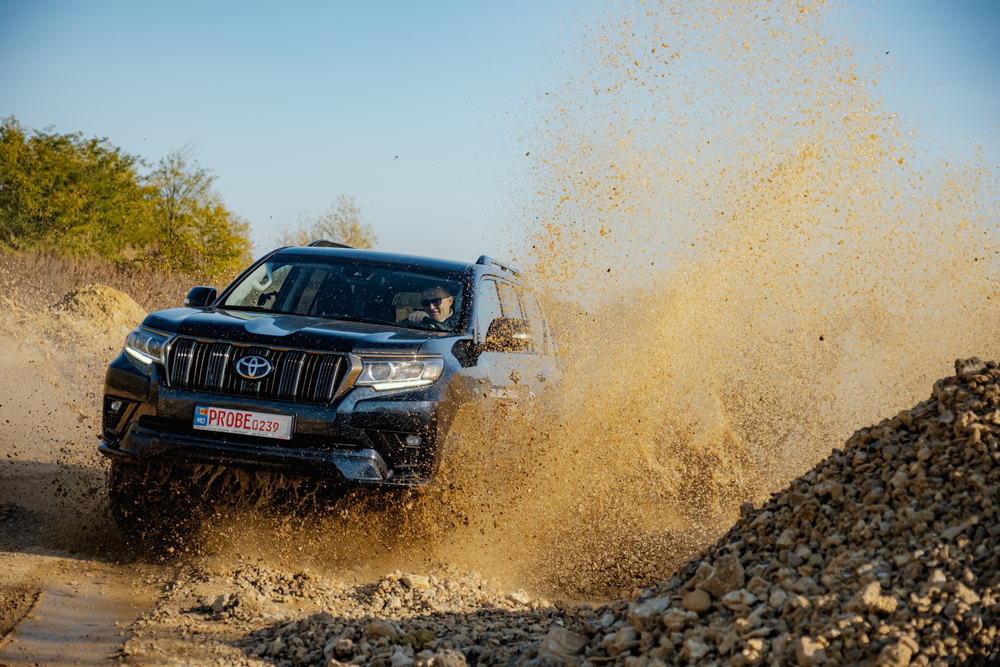
The Toyota Land Cruiser Prado, while part of the renowned Land Cruiser family, falls short in durability compared to its larger sibling. Issues with suspension and electrical components arise when the Prado is used in extreme off-road conditions. Rust is also a problem, especially in models used in harsher climates. Though capable, the Prado doesn’t match the legendary toughness of the original Land Cruiser.
Mercedes-Benz G-Class (1979–present)
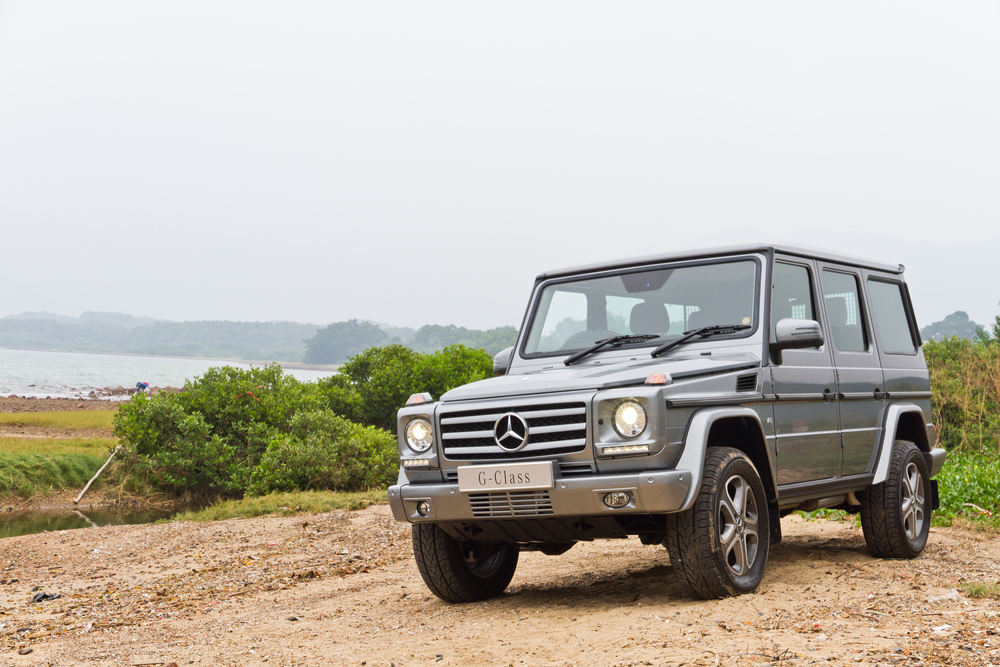
The Mercedes-Benz G-Class is synonymous with luxury and off-road capability, but its durability falters in extreme conditions. The complex electronics and luxury features are prone to failure when exposed to off-road dust and moisture. Additionally, maintaining the vehicle’s suspension and drivetrain is costly and frequent under tough terrain. While impressive in performance, the G-Class isn’t built for prolonged rugged use.
Hyundai Galloper (1991–2004)
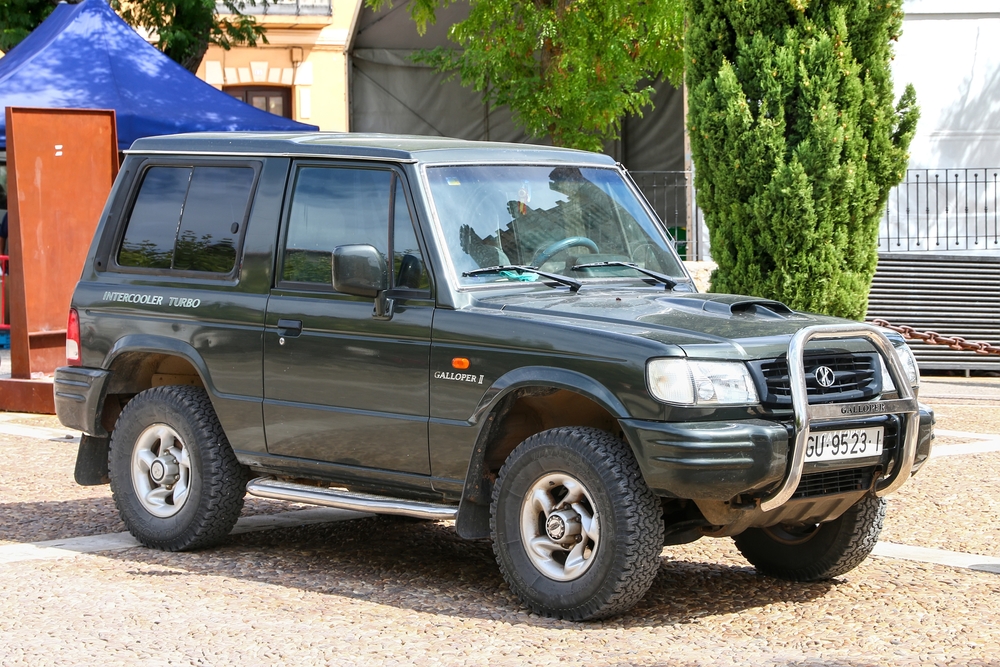
Although the Hyundai Galloper was a budget-friendly option, it didn’t fare well in terms of durability under off-road conditions. The frame was prone to rust, particularly in humid environments, and its suspension system struggled on rocky trails. Engine and transmission failures were frequent, reducing its overall reliability. While it served as an affordable alternative, the Galloper couldn’t handle the same level of off-road stress as its competitors.
Fiat Panda 4×4 (1983–present)

The Fiat Panda 4×4 is a quirky, compact off-roader, but it falls short in terms of durability. Lightweight construction means the Panda is easily damaged on rugged terrain, and the suspension system is not designed for serious off-road challenges. Rust is a common issue, particularly in older models. While great for light trails, it’s not suitable for long-term off-road adventures.
Chevrolet Colorado ZR2 (2017–present)
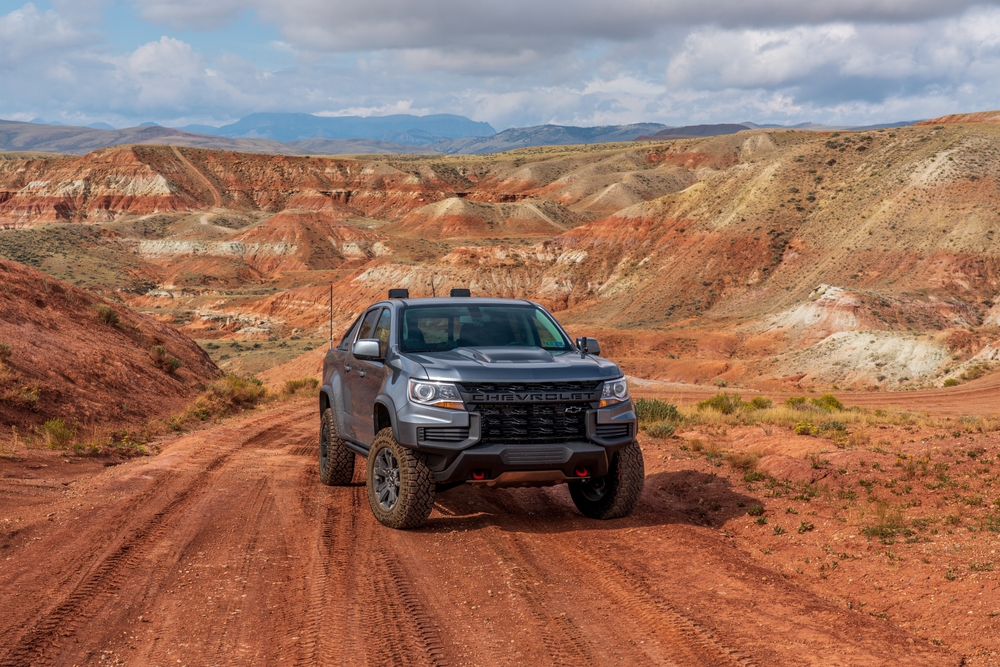
The Chevrolet Colorado ZR2 is marketed as a capable off-road truck, but durability concerns have been raised by owners. Suspension components, especially the front differential, have shown signs of early wear when consistently used on harsh trails. Transmission problems have also been reported, particularly under heavy use. Although it can handle many terrains, its long-term durability is questionable compared to other trucks in its class.
This article originally appeared in MyCarMakesNoise.
More from MyCarMakesNoise
20 Incredible Space and Aviation Museums You Need to See

Exploring the fascinating world of space and aviation is a thrilling experience for enthusiasts and curious minds alike. Whether you’re captivated by the history of flight, the marvels of space exploration, or the technology behind it all, there’s a museum out there waiting to ignite your imagination. Read More.
16 Essential Gadgets to Enhance Your RV Adventure
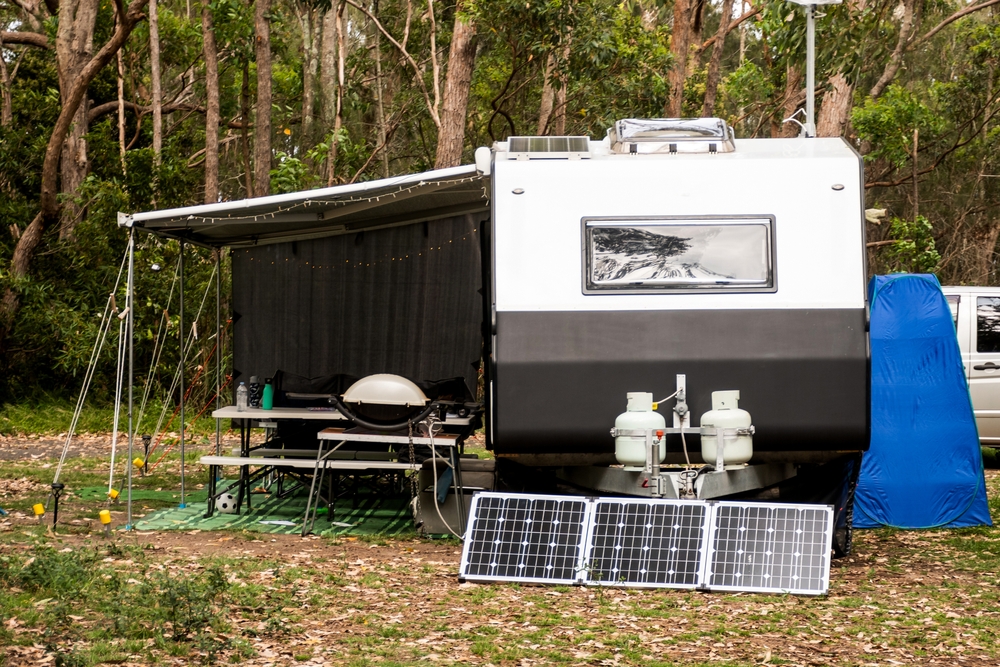
Planning an RV adventure? Whether you’re a seasoned road warrior or a first-time traveler, having the right gadgets can make all the difference. Read More.
15 Must-Visit Small Town Diners for Your Next Road Trip
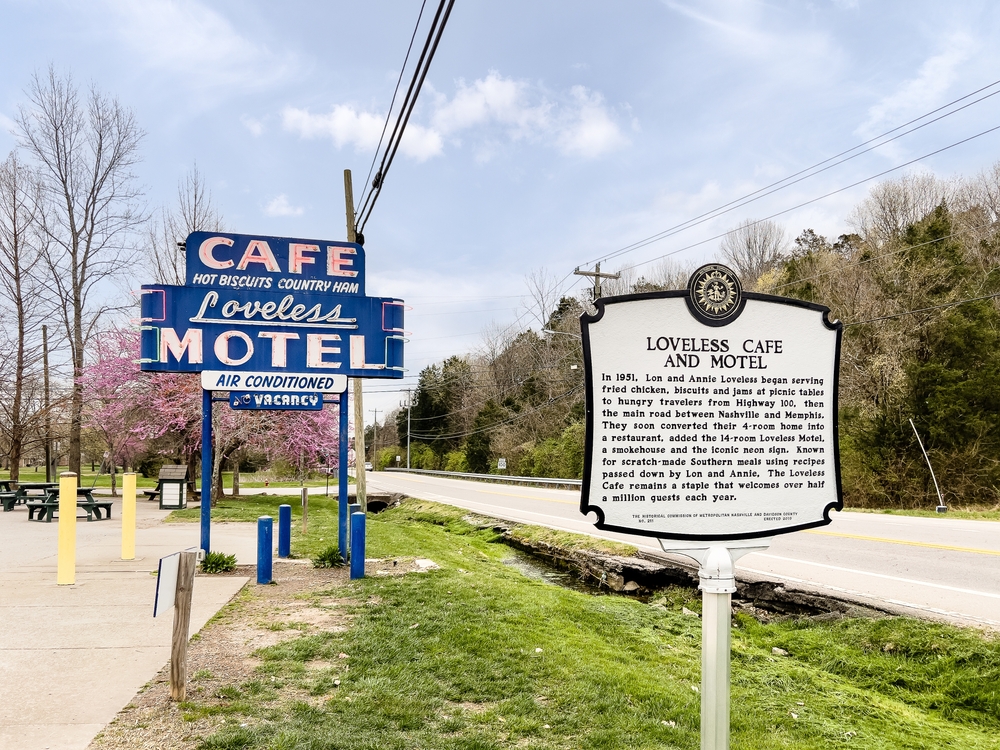
Planning a road trip is about more than just the destination—it’s the journey that makes it unforgettable. Along the way, there’s nothing better than discovering a cozy small-town diner where the food is hearty, the service is friendly, and the atmosphere feels like home. Read More.

